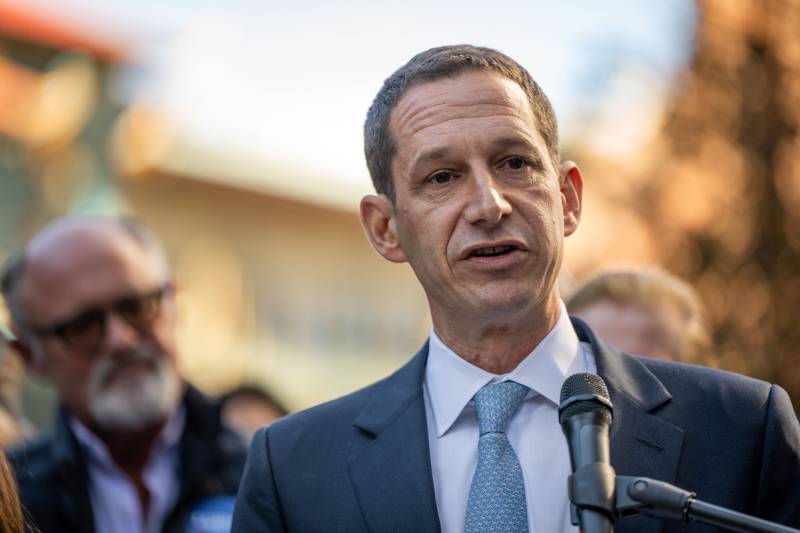Update, Dec. 12: SF Mayor-Elect Daniel Lurie Taps Former Giants Executive to Lead Staff
In his first major announcement as mayor-elect of San Francisco, Daniel Lurie said he would change the governance structure of the mayor’s office when he is sworn in next month.
Lurie, a philanthropist with no prior experience in elected office, unseated incumbent Mayor London Breed after running a campaign focused on bringing change and stronger accountability to City Hall. On Wednesday, Lurie announced that rather than having the city’s 56 agencies report to the mayor’s chief of staff and hiring a centralized policy director, he would create four policy director positions alongside the chief of staff, all reporting directly to the mayor.
“The current way of doing business at City Hall is outdated, ineffective, and lacks focus on outcomes,” Lurie said in a statement. “The changes we’re making at the top will help break down barriers to effective governance that impact every San Franciscan.”

